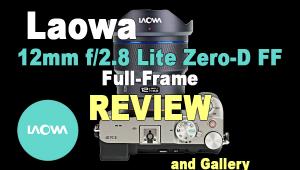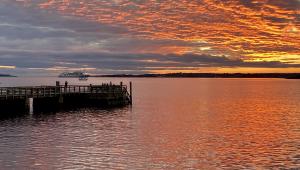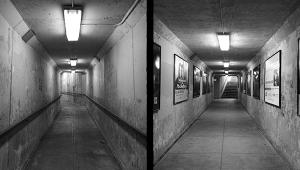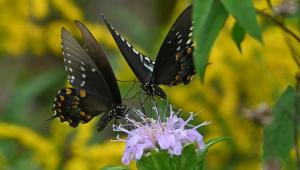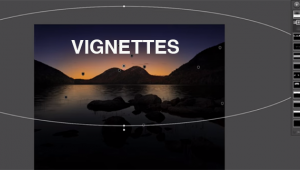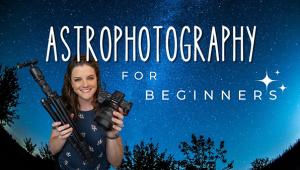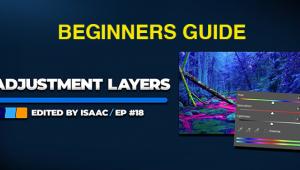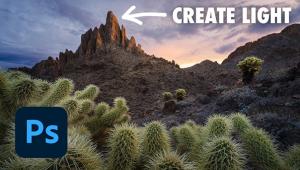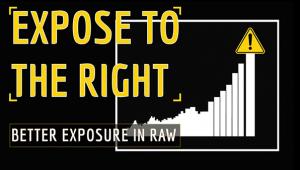Tamron SP 70-200mm F/2.8 Di VC USD Lens: A Fast Zoom For Full-Frame D-SLRs
The 70-200mm focal length has been the standard tele-zoom choice for many years, offering near normal to a good tele range that suits many practical purposes. Yet, quite a few stock-in-trade 70-200mm lenses had been slow or lost significant aperture as soon as you left the shortest zoom setting, making them a real challenge for handheld, low-light, or even max focal length shooting. Certainly, improvements in sensors and processors in terms of the high ISO/image quality ratio have helped. If you’re too slow on shutter speed with a variable aperture zoom you can always jack up the sensitivity. But that’s not always a great choice and it seems to force you to compromise image quality just to make up for the lens losing “speed” just when you need it most.

The answer seems to be models that have a fairly wide maximum aperture that stays put when zoomed, yet there is another piece of the puzzle that now makes a constant aperture zoom even more attractive, and that’s image stabilization. It can be a lifesaver in many situations, and let’s face it, great photos are not always made on bright, sunny days. Knowing, for example, that you can hand hold a 200mm and shoot at f/2.8 and 1/30 sec at ISO 400 and get very good quality to boot gives great peace of mind.
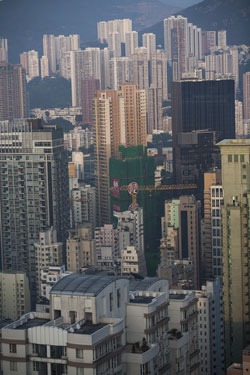
No, this isn’t an example of the usual stacking effect when using a tele lens—it’s pretty much an example of the density of Hong Kong living. What struck me was the clarity of the image and the fine details the lens captured, considering it was shot through my hotel window from the 53rd floor. It’s also a testament to the VC capabilities of the lens, with a handheld exposure of f/3.2 at 1/30 sec at ISO 100. Focal length on this shot is 105mm.
All Photos © George Schaub
The Tamron 70-200mm
I recently had an opportunity to field test just such a lens, the Tamron SP 70-200mm F/2.8 Di VC USD. This is a “full-frame” capable lens; on APS-C D-SLRs you go up 50 to 60 percent, depending on model, which means it covers about 120-300mm, which to me is just too long a lens for the kind of shooting I generally have in mind, although some may like that range. I took the lens and a Canon “full framer” with me on a trip to Hong Kong and while I’m generally a wide-angle, handheld kind of guy in such a place, where street shooting is what it’s all about, I’m really glad I had the Tamron along, as it opened doors and picture possibilities that a wider lens would not have afforded. It also handled many of the tasks I had come to associate with a wider zoom—all you have to do is step back a bit.
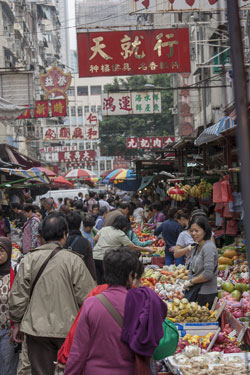
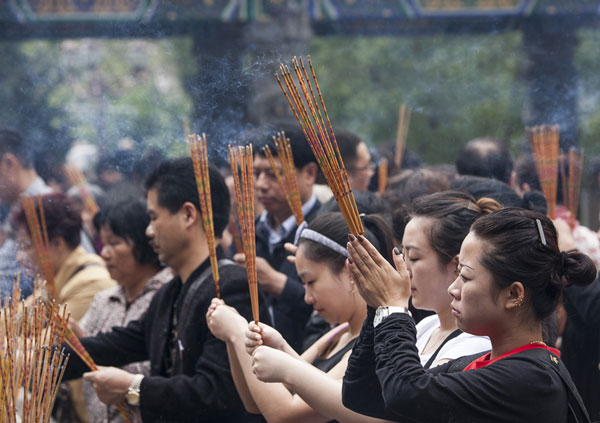
I usually consider a wide or wide short zoom best when doing street photography, but this lens would certainly be a good choice for any such work. This market scene off Jordan Road in Kowloon was photographed at f/8 (for depth of field) at 1/160 sec and ISO 200 at 105mm while the photo of those making prayerful offerings at an outdoor temple on a deeply overcast day was exposed at f/5.6 at 1/400 sec and ISO 640 at 130mm.
Specs And Applications
First, some specs. This lens is not lightweight, but having worked with other constant aperture tele-zooms in the past it’s not bad, at about 52 oz. As I was going to be hand holding the lens all the time I shaved a few ounces off that by leaving the detachable tripod mount collar at home, but do take note that it’s included in the package, a good thing for when you use the lens astride the sticks.
It’s constructed of 23 elements in 17 groups and has a minimum focusing distance of a little over 4 feet, so it could be used for close work when zoomed out, but it’s certainly not what you’d call a macro (in fact, it’s 1:8). Max aperture of course is f/2.8, but minimum is a very lovely f/32, not much help when hand holding, at least for what I shot, but great for those who will work on a tripod.
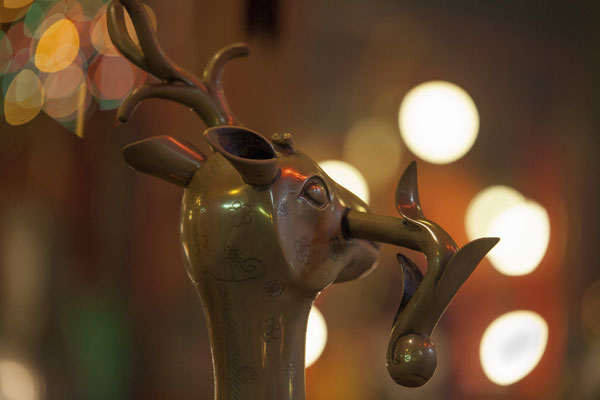

Thanks to the nine-bladed diaphragm the Tamron delivers great bokeh effects. In this temple interior, I purposely included large light sources (candles and bulbs) in the frame of the photo of a statue of a deer and sought a colorful and textural background for the figure. I moved back and zoomed in (200mm focal length) and I’d consider them both worthy of four stars in the bokeh department. Both were exposed handheld at f/2.8 at 1/40 sec at ISO 640, a further testament to the helpful hand VC affords.
The lens is crisp and sharp, and to help reduce flare across its 77mm diameter it comes with a very substantial flower-shaped lens hood. When it’s on the lens it adds a good 4 to 5” to the already 7.7” optic, so be aware of that when choosing a camera bag for the day’s work. I usually left it off because I carried my rig in a shoulder messenger bag and mounted it when I felt the shot called for it, but all in all that’s a pretty big lens hood and when it’s on the lens the whole rig is quite long.
The AF is very fast and very quiet; USD stands for Ultrasonic Silent Drive, and they aren’t kidding. I heard no gnashing or grinding and focus snapped in every time, even in very low light. In other words, camera and lens played nicely on that front. There is a manual focus switch on the lens but I felt no need to use it, but you can “fine-tune” AF manually without switching off AF or fear stripping gears, but again I didn’t feel the need to, a decision which was justified by results.
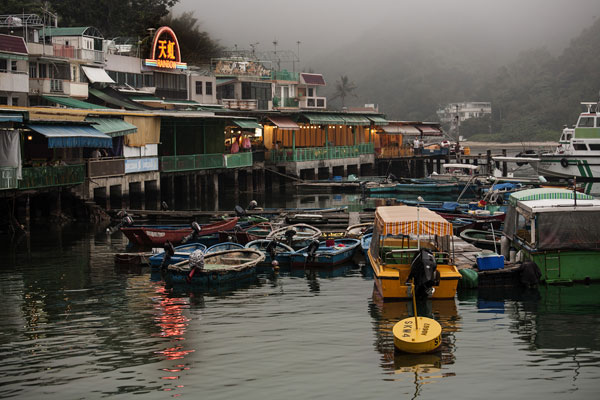
The sun was just going down in this harborside scene on Lamma Island and the light was sweet. I framed using a 90mm focal length and exposed at f/3.5 at 1/100 sec at ISO 400. Details and contrast are excellent and darker areas stand out even before doing any shadow gain in Lightroom.
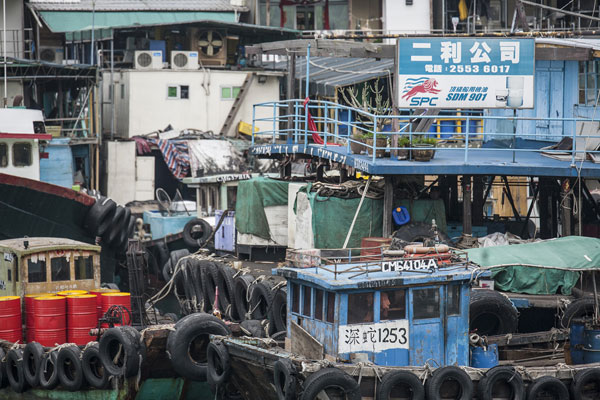
If it’s stacking you want, then zoom to 200mm and find a subject that fills up the frame. While not as exaggerated as you’d get with say a 400, going out to 200 on the Tamron can do the job; those using this lens with an APS-C sensor camera will get the full benefit of this effect. Exposure at ISO 250 was f/4 at 1/400 sec.

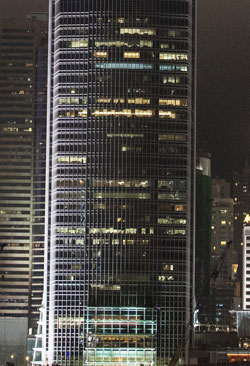
For me the ultimate test of the Vibration Compensation (VC) feature was during a harbor boat ride at night. It’s a very busy harbor so there’s always a wake causing the boat to sway and bob. Check the detailed pull-out to see how steady the image remained. Exposure of this fog-shrouded skyline at ISO 1600 was f/2.8 at 1/60 sec; I repeat, 1/60 sec at 200mm on a moving boat!
The only other switch on the lens is for VC (Vibration Compensation) or not—there are no middling modes for rocking boats, moving sidewalks, etc. It’s there for when you mount the camera on a tripod, and that’s when you should switch VC off. In fact, I did shoot on rocking boats and moving sidewalks with it on, and saw no problems steadiness-wise.
The only other image characteristic that is spec-oriented is the nine-bladed diaphragm, the holy grail for that mystical bokeh effect, a pleasing rendition of out-of-focus details. I specifically tested for that and I have to say they are quite beautiful, so stand back, set the lens at f/2.8, and place a subject against a bunch of distant lights or a colorful field and you’ll be quite pleased.

One of the hallmarks of this lens is excellent detail repro, and it shows here in this portrait of a very refined and dignified fortune teller and all the details in her beautifully arranged booth at a local temple. The light was fairly low but I trust my Canon at ISO 800, and I used that setting with an aperture of f/3.5 at 1/200 sec at a focal length of 190mm.
Right: Close-Ups
Who says you can’t use a 70-200mm close-up? While I’m not going to be doing macro shots with this lens, a close-focusing distance of 4 feet isn’t bad when you’re shooting at 200mm, especially when you have access to f/32. This one is shot at a more temperate 90mm, but having the lens allowed me to grab lots of found still life shots in the street markets without intruding on the space of the seller or his or her stall.
Other than that handling is quite nice with good gripping surfaces and ease of use and no “zoom creep” that is standard with push-pull zooms but fairly rare today. There was no drift even when the lens was draped over a shoulder, though perhaps “drape” is not an appropriate term for this size and weight lens.
I’ll let the images and captions do the rest of the talking here, and you can get full specs on the Tamron website. In the past I might not even have considered a 70-200mm as a “street” lens, but the Tamron 70-200mm has pretty much changed my mind.

The Goldfish Market is actually a huge pet market but there certainly were many aquariums and tropical fish there. This one was shot at 70mm with an exposure of f/8 at 1/30 sec (VC comes through again) at ISO 640.
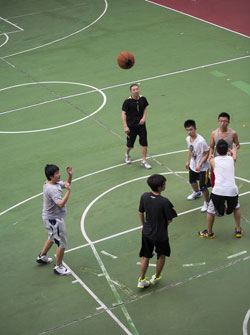
These fellows were playing ball under an overpass I happened to be walking across. It was a good chance to work with a high shutter speed and max aperture, and the exposure was f/2.8 at 1/1000 sec at ISO 640, proving that f/2.8 has more than soft backgrounds to offer and comes into play when you want to get as fast a shutter speed as you can without bumping the ISO too high.
The Tamron SP 70-200mm F/2.8 Di VC USD lens has an MSRP of $1499. The lens is available in Canon, Nikon, and Sony mounts; note: the Sony mount does not include VC. For more information, contact Tamron USA, Inc. at www.tamron-usa.com.

